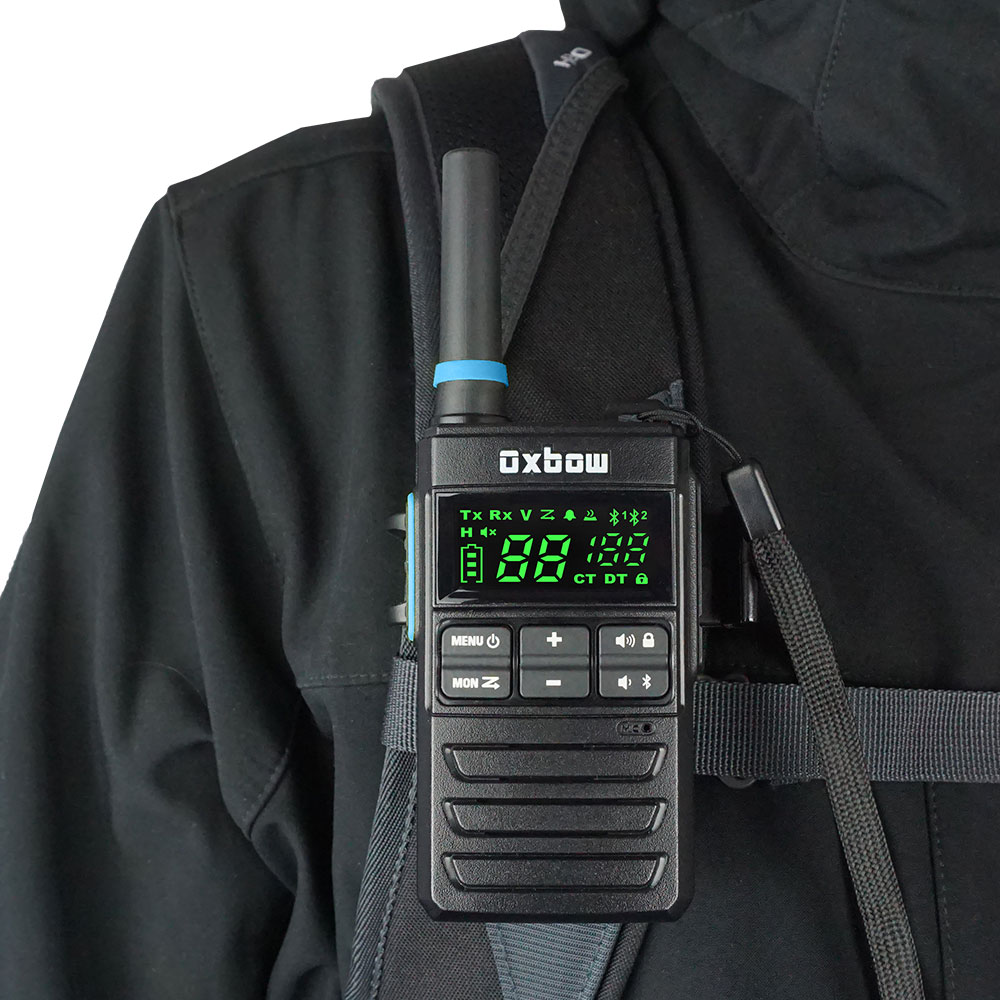In today's fast-paced world, communication plays a vital role in connecting people and enabling seamless information exchange. Mobile radio communication has emerged as a revolutionary technology, transforming the way we communicate and revolutionizing various industries. This article delves into the intricacies of mobile radio communication, exploring its functionalities, applications, and the impact it has on our daily lives.
- Understanding Mobile Radio Communication:
Mobile radio communication refers to the transmission and reception of voice, data, and multimedia content through wireless communication systems. Unlike traditional wired communication, mobile radio communication enables users to communicate on the move, providing flexibility and convenience. It utilizes radio waves to establish connections between devices, allowing for efficient and reliable communication over long distances. - Key Components and Technologies:
Mobile radio communication relies on several key components and technologies to facilitate seamless communication. These include:
a. Transceivers: Transceivers are devices that combine the functions of both a transmitter and a receiver. They convert voice or data signals into radio waves for transmission and vice versa for reception.
b. Antennas: Antennas are crucial for transmitting and receiving radio signals. They capture and radiate radio waves, ensuring effective communication between devices.
c. Frequency Bands: Mobile radio communication operates within specific frequency bands allocated by regulatory authorities. These bands ensure interference-free communication and efficient spectrum utilization.
d. Modulation Techniques: Modulation techniques are employed to encode information onto radio waves. Various modulation techniques, such as amplitude modulation (AM) and frequency modulation (FM), enable the transmission of voice and data signals.
- Applications of Mobile Radio Communication:
Mobile radio communication finds applications across various industries, revolutionizing the way businesses operate and individuals communicate. Some notable applications include:
a. Public Safety and Emergency Services: Mobile radio communication is extensively used by police, fire departments, and emergency medical services for real-time communication, ensuring quick response times and effective coordination during emergencies.
b. Transportation and Logistics: In the transportation and logistics industry, mobile radio communication enables efficient communication between drivers, dispatchers, and logistics personnel. It ensures smooth operations, timely deliveries, and enhanced fleet management.
c. Utilities and Energy Sector: Mobile radio communication plays a crucial role in the utilities and energy sector, facilitating communication between field technicians, power grid operators, and maintenance crews. It enables efficient monitoring, maintenance, and troubleshooting of critical infrastructure.
d. Event Management and Hospitality: Mobile radio communication is widely utilized in event management and hospitality industries to ensure seamless communication between staff members, security personnel, and event organizers. It enhances coordination, improves customer service, and ensures smooth event operations.
- Advancements and Future Trends:
Mobile radio communication continues to evolve, driven by advancements in technology and increasing demands for faster and more reliable communication. Some notable advancements and future trends include:
a. 5G Technology: The advent of 5G technology promises faster data speeds, lower latency, and improved network capacity. It will revolutionize mobile radio communication, enabling new applications and enhancing user experiences.
b. Internet of Things (IoT): The integration of mobile radio communication with IoT devices will create a network of interconnected devices, enabling seamless communication and data exchange. This will pave the way for smart cities, autonomous vehicles, and advanced industrial automation.
c. Enhanced Security and Encryption: With the growing concerns over data security, mobile radio communication is expected to incorporate enhanced encryption algorithms and security measures. This will ensure secure and private communication, protecting sensitive information.
Conclusion:
Mobile radio communication has transformed the way we communicate, enabling seamless connectivity and revolutionizing various industries. Its applications span across public safety, transportation, utilities, and event management, among others. With advancements like 5G and IoT on the horizon, the future of mobile radio communication holds immense potential. Embracing this technology will undoubtedly lead to a more connected and efficient world.
